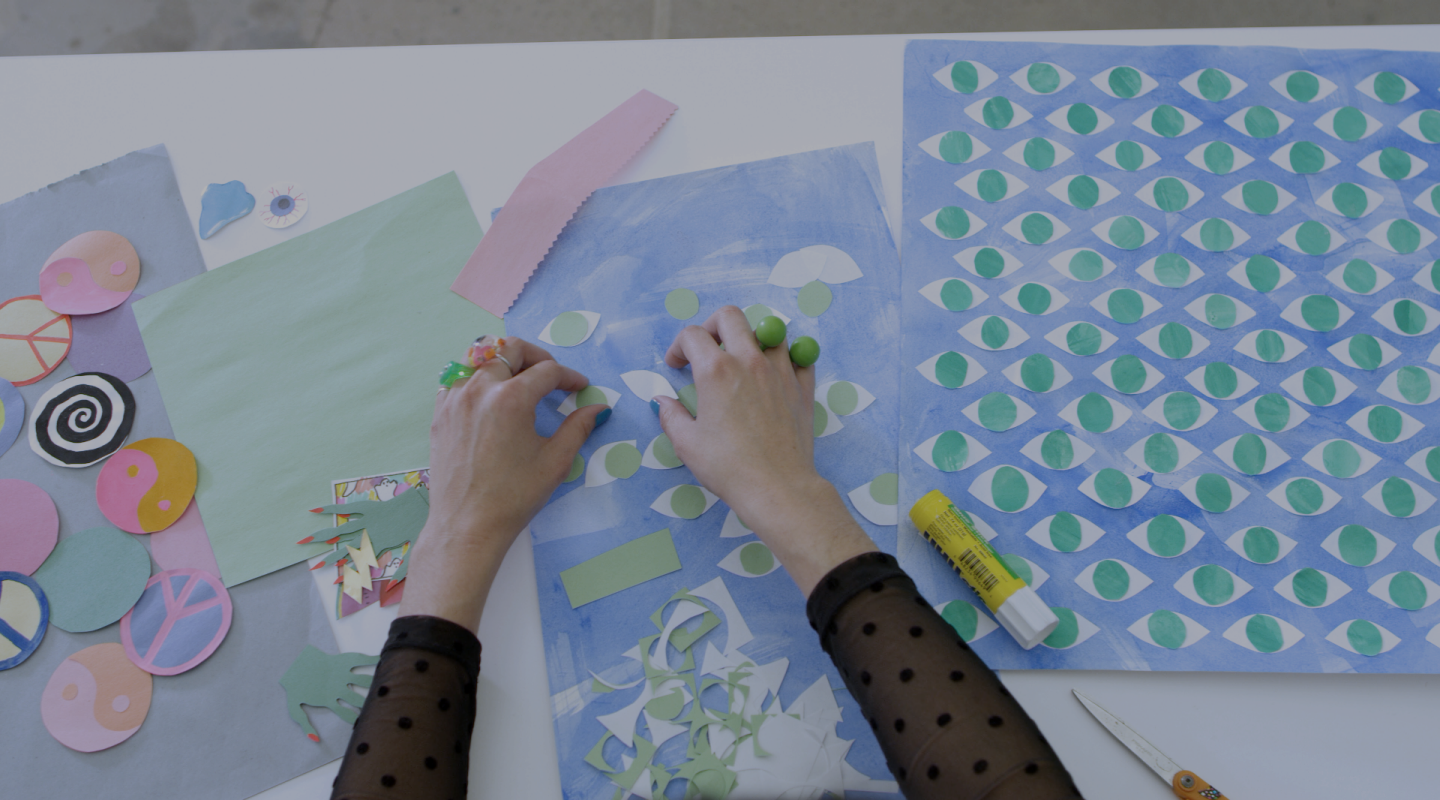
Upload, Click, Wear.
Introducing the most disruptive force in NYC street wear.
The internet is awash with creativity, but more often than not, the type of artistic expression you see from the average person online doesn't ever end up translating into real world follow through. For Print All Over Me, the concept Jesse Finkelstein and his sister Meredith started a year ago, the idea was to harness that bountiful resource of inspiration, and help channel it into something more concrete.
It was a solution for the problem of bringing fashion and design ideas to actual physical production, he says. “Sort of using the creative energy people were putting into things like Tumblr and Pinterest, seeing that desire to make things, and that curatorial energy with an anticipation to build, and saying, 'How can we give people the tools to do that?'”
In the time since they set up shop, Print All Over Me has seen roughly a million ideas for designs uploaded onto the site, he says. Finklestein, whose background is in fashion, found an ideal partner in his sister, who comes from the finance and tech worlds.
To begin, they launched with eight silhouette templates to choose from, which now change seasonally. Users upload their design concept and can see a moving prototype for how it might look on the runway. They can then purchase the end product, or sell it through the site.
What happened next was something of a surprise. The users started following one another on the site, tagging each other in their designs, and coalescing into a community.
Both the individual creativity and the sense of togetherness was extraordinarily inspiring, according to Finklestein. “Every day we get to see, either through the site or on Instagram, people photographing the things they're making. The amount of ingenuity and sort of artistic brilliance... it's mind-boggling.”
In order to get things made, which include items such as bags, scarfs, jumpsuits, sweatshirts, and home goods like pillowcases and curtains– they begin by digitally printing the designs on rolls of fabric before cutting and sewing. There's a small team based in New York, another in Georgia, and a studio outside of Shanghai that does the work.
“It's exceptionally efficient in terms of the manufacturing process, but also in terms of the use of materials,” he says.
That streamlined process separates them from other similar concepts.
“I would say we're different in three major respects,” he says. “We're not really interested in commodity goods, it's very much about fashion and design, and getting people to create things that are sophisticated creations. I would say also our method of production is pretty unique. We print the fabric first, then cut and sew, which allows us infinite options. Finally I would note the fact that this community really has emerged. It's a community that's in dialogue with itself.”
Part of that community revolves around the idea of “slow fashion.”
“I think that there's a lot of attention given to the idea of fast fashion,” he says. “Companies reacting quickly to the demands of consumer trends, the runway, and constantly feeding this appetite for disposable, trend-driven clothing. We believe that the clothing should be more meaningful.”
It's hard for it not to be, when you've either created it yourself, or it's one of a very small number in existence.
“I think people have the sense they have something really unique, it's not going to be something they're gong to see everywhere. I think it offers a more profound connection to the things you're wearing and purchasing.”
Finkelstein has joked that everybody wants to wear the Internet, but more than that, it's about seeing something intangible made whole.
“I think the idea that's more appealing to me is that there's so much virtual creative energy that exists. Being able to articulate that into a real world physical object, that's the exciting thing.”
